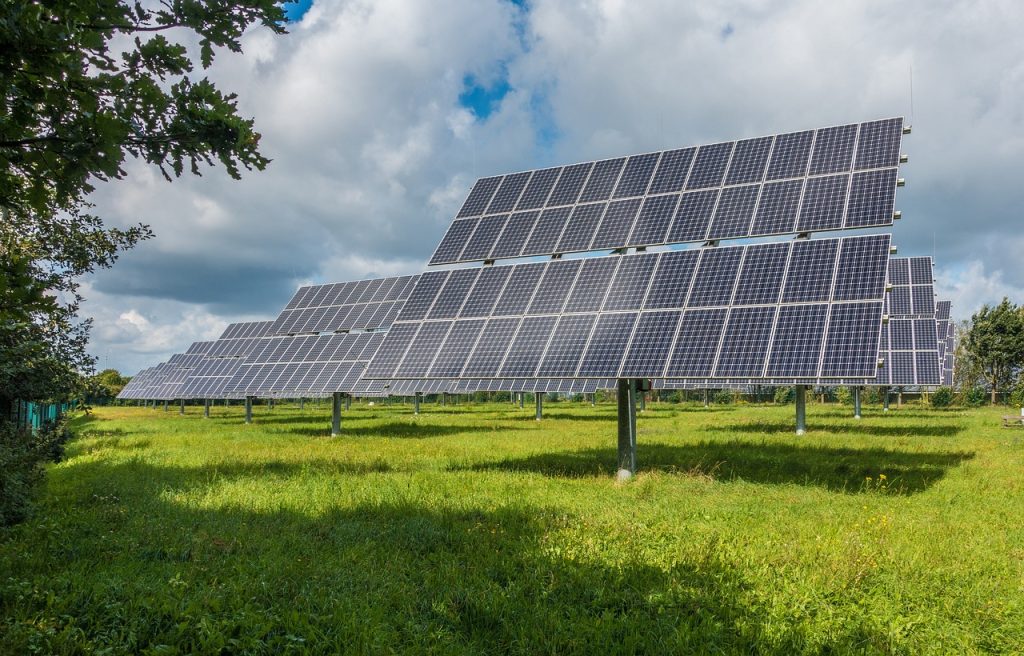
The “Grid Connected Alternative Electricity Development Procedures, 2022” have been modified by the Department of Electricity Development (DoED) in an effort to accelerate investment in solar electricity generation and energy mix projects.
The sector’s regulator has made procedures to make it easier to complete the 1,000 MW solar energy projects that the Nepal Electricity Authority (NEA) has stepped up efforts to install. The NEA has requested ideas for power purchase agreements from commercial developers in order to supplement the projects and meet the winter demand for electricity.
According to DoED Director General Nabin Raj Singh, the process has been modified to comply with the 1997 Electricity Regulations. In order to enable alternative power production projects and the installation of associated transmission lines to transmit generated electricity to the national grid, we tend to make the process straightforward, easy, and transparent.
The DoED states that it anticipates that the work procedure adjustment will open the door for solar energy projects to proceed. 33 solar projects with a combined capacity of 704 MW have received survey permits from the government thus far.
Similarly, 35 projects with a 717 MW capacity have submitted survey applications. In a similar vein, ten projects with a capacity of 59.6 MW have applied for and been granted construction licenses, compared to nine projects with a capacity of 77 MW.
According to the new clause, a developer can net-meter solar electricity produced by a home solar energy system without obtaining a power generation permit. Currently, a power generation permit from the NEA is required for promoters who wish to operate alternative power projects up to 1 MW in capacity and connect them to the national grid.
According to the new regulation, the promoter must set up the land, roads, and transmission lines required for the project up to the point where electricity is connected. The process has attempted to coordinate the federal government with subnational governments in the issue of public land.
According to the process, the promoter is required to submit an application for the survey and construction of solar power projects larger than one megawatt in the format indicated in the rules and standards. It states that the promoter must obtain local approval for the viability of solar power projects. A letter of recommendation from the Ministry of Forest and Environment is required if the project installation is connected to national parks and conservation areas.
The process states that a number of factors, including project cost, loan interest rate, depreciation, return on investment, general expenses, operating expenses, maintenance expenses, income, taxes, additional capital, debt-to-capital ratio, equipment cost, and battery storage capacity, can be used to calculate the purchase price of electricity.
According to the DoED’s data, 21 projects totaling 106.7 megawatts of capacity are currently in operation. The greatest of these is the 25 MW solar energy installation operated by the NEA near Nuwakot.











